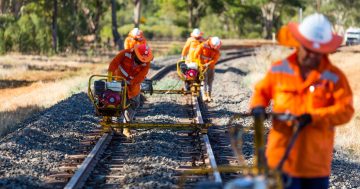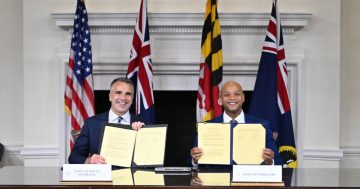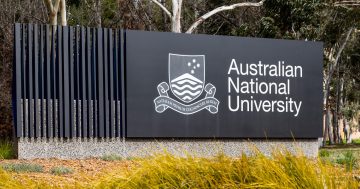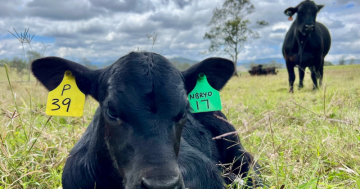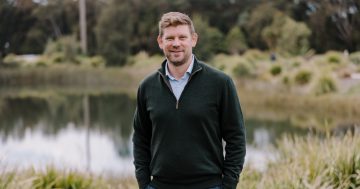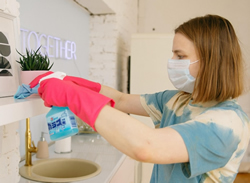 New research into how to minimise the risk of mould growth in new, airtight, energy-efficient housing is being funded by the Victorian Building Authority (VBA).
New research into how to minimise the risk of mould growth in new, airtight, energy-efficient housing is being funded by the Victorian Building Authority (VBA).
Chief Executive Officer of the VBA, Sue Eddy said the 18-month research project was being led by the University of Tasmania and aimed to see how certain building materials and the arrangement of external walls could prevent the accumulation of moisture and therefore mould growth.
“The VBA has invited the best and brightest minds from Australian educational institutions to partner with us to explore ways to make buildings safer, improve the competency of practitioners, and support a technologically advanced building industry,” Ms Eddy said.
“Learnings from this research will help Australia build sustainable cities that keep consumers safe,” she said.
Project Lead at the University, Mark Dewsbury said it was important to find the balance between living sustainably and maintaining a high standard of safety.
“Increased energy-efficiency requirements have led to the construction of ‘airtight’ buildings,” Dr Dewsbury said.
“This, combined with a lack of appropriate ventilation, and the use of materials that do not promote water vapour diffusion, can trap water vapour in building envelopes – this is a particular problem in cooler climates,” he said.
“Through this study, I hope to find ways in which we can build housing that not only protects our planet in the long term, but keeps consumers safe in the short term through improvements to building design.”
Dr Dewsbury said the research project was due to be completed in 2023.
Ms Eddy said the project was a collaboration between the VBA and the University as well as the Commonwealth Scientific and Industrial Research Organisation (CSIRO); Master Builders Victoria; Forest and Wood Products Australia; and the Fraunhofer Institute for Building Physics in Germany.


